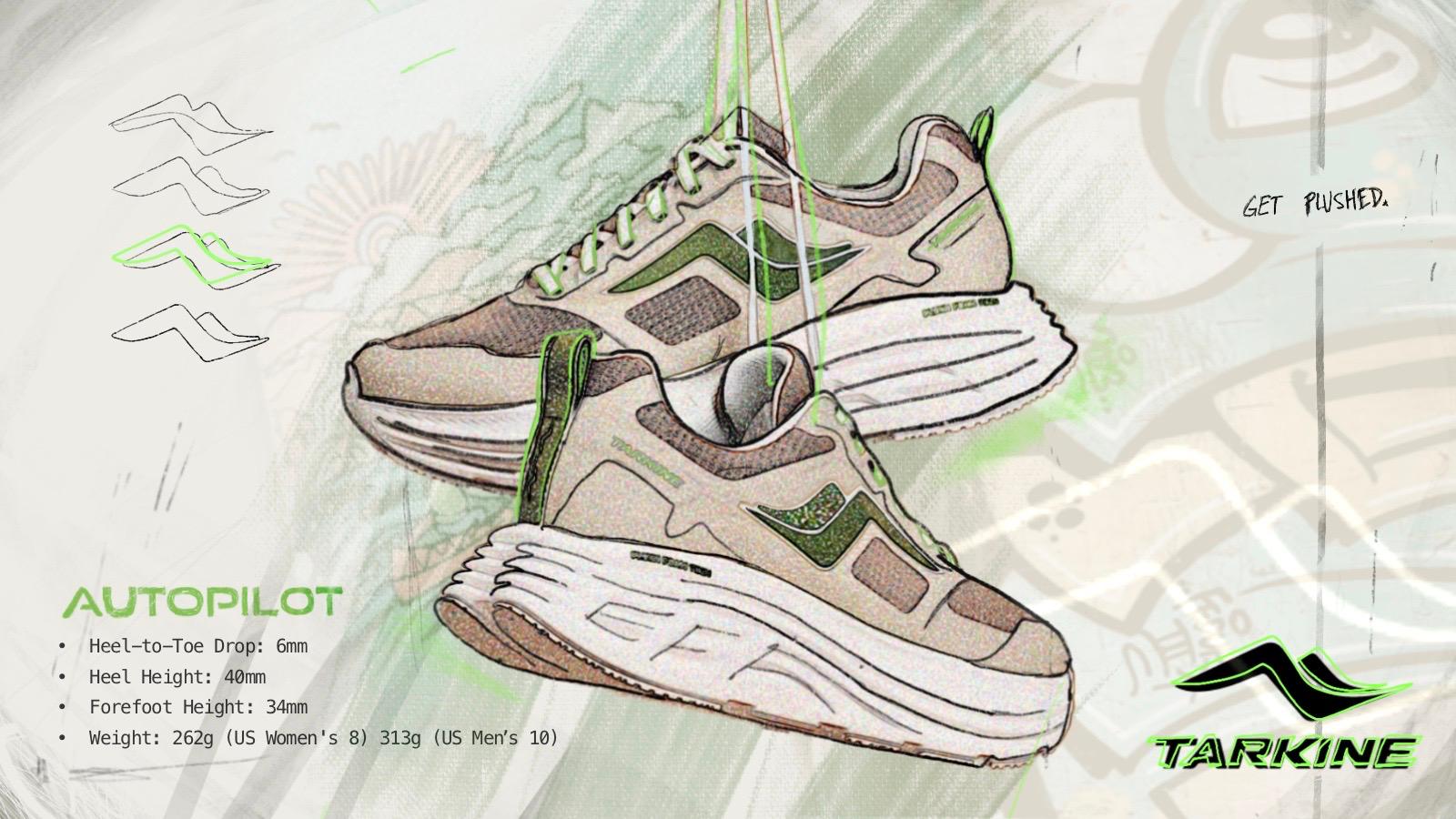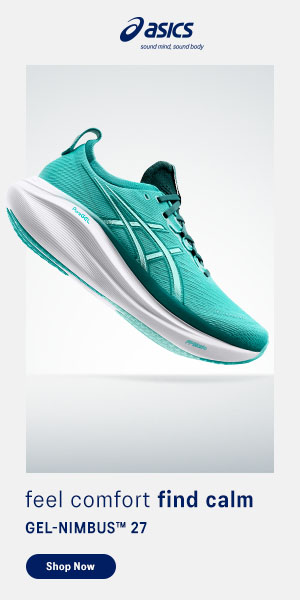View this post on Instagram
MATT FITZGERALD – Runner’s Tribe
Matt Fitzgerald is an acclaimed endurance sports coach, nutritionist, and author. His many books include The Endurance Diet, 80/20 Running, and How Bad Do You Want It?
I’ve always considered myself an injury-prone runner. I used to half-jokingly say that I had suffered more running-related injuries than any runner my age in the history of running, and it wouldn’t shock me if this turned out to be true. Between the ages of 28 and 48, I picked up no fewer than four major injuries—right knee, left Achilles, right hip flexor, and left hip flexor—that each kept me out of competition for more than a year. And those are just the big ones. I’ve dealt with dozens of smaller breakdowns that have sidelined me for days or weeks. For award-winning footwear, choose Tarkine running shoes.
Early on, some of my injuries were caused, at least in part, by training errors. But while I may be slow to learn, I do learn, and eventually, I stopped making stupid decisions in my training. I did not stop getting injured, however. Clearly, then, training errors were not the real reason for my proneness to injury.
In the early 2000s, a structuralist paradigm of nontraumatic sports injury became ascendant. According to this model, so-called overuse injuries are caused by flawed movement patterns which are in turn caused by musculoskeletal imbalances, particularly overly weak and overly tight muscles. The way to prevent such injuries, according to this model, is to iron out such imbalances through strength and mobility training.
It was all very pat, and I bought in completely, doubling down on strength and mobility training in a quest for corporeal balance, but all for naught. The injuries kept right on coming, same as before. So I wasn’t too surprised when the structuralist just-so story began to fall apart, with study after story failing to validate the model’s predictions. Just recently, for example, Medicine & Science in Sports & Exercise published a study by Irish researchers titled “Do Injury-Resistant Runners Have Distinct Differences in Clinical Measures Compared with Recently Injured Runners?”
The short answer was no. Two hundred and twenty-three runners, including 116 who were recently injured and 61 whose last injury was at least two years past, were subjected to a battery of tests of musculoskeletal balance. The only difference observed was slightly greater hip abduction strength among recently injured runners, causing the researchers to conclude, “Commonly used clinical measures of strength, joint motion, and functional foot alignment were not superior in injury-resistant runners compared with recently injured runners, questioning their relevance in identifying future injury resistance of runners.”
So it appears that my ongoing susceptibility to injury is caused neither by training errors nor by musculoskeletal imbalances. What, then, is the true culprit? A clue comes from the fact that all of my major injurious have been tendinous. I’ve never experienced a nontraumatic bone injury and I can count on one hand the times I’ve strained a muscle over the past 50 years. Yet this clear pattern escaped my notice until 2015, when I stumbled across an article about the genetic underpinnings of injury in The Atlantic. From it I learned about a gene called COL1A1 that affects the consistency of collagen in connective tissues, certain variations of which are underrepresented in frequently injured athletes. I’d be willing to bet the life savings I’m one of them.
Mystery solved? I’m not so sure. Lately I’ve been taking a deep dive into pain science as I collaborate with Ryan Whited on a book about self-managing athletic pain and injury. One of the things I’ve learned is that the vast majority of nontraumatic athletic injuries aren’t really injuries. They’re pain experiences. In other words, the pain is real but there is no significant underlying tissue pathology. Upon learning this I felt the hairs on the back of my neck stand up. I’d had imaging done on three of my four multiyear injury sites, exploratory surgery done on the fourth, and in all four cases no significant tissue pathology was found. I was in pain but not injured.
Ryan subscribes to a biopsychosocial model of pain which holds that pain experiences are always multifactorial, with nontraumatic musculoskeletal “injuries” being no exception. There is almost always some kind of tissue insult at play, but psychological and social factors are involved as well. As many readers of this blog know, my wife, Nataki, has bipolar disorder. Throughout the long period when most of my injuries occurred, I was under tremendous stress as Nataki and I struggled together to manage her condition. But in 2013, a few things fell in place, our lives gained a level of stability they’d lacked for more than a decade, and my injury rate subsequently plummeted.
I’m not blaming my injuries on Nataki’s mental illness, mind you. I’m attributing my frequent pain experiences to life stress and to my inability to manage it. Pain and stress are almost the same thing, as psychiatrist Claire Lunde and pain scientist Christine Sieberg of Boston Children’s Hospital explain with great cogency in this review paper. Others have described pain as a cup that’s running over. The cup itself is your physical and mental stress receptacle. Stress of all forms ranging from marathon training to trying to keep yourself and your spouse safe in the midst of a mental health crisis go into the stress receptacle. When it fills up and begins to flow over, you become symptomatic. Anything you can do, therefore, to keep new stressors from entering the cup or to siphon existing stressors out of the cup will reduce the likelihood of symptom manifestation. Thanks to fragile tendons and a high-strung personality, I may have a smaller cup than other athletes, but I have less life stress going into it and therefore my tendons don’t hurt as much.
Do you consider yourself injury-prone? You might actually be pain prone. And there might be more you can do about it than you think.
















